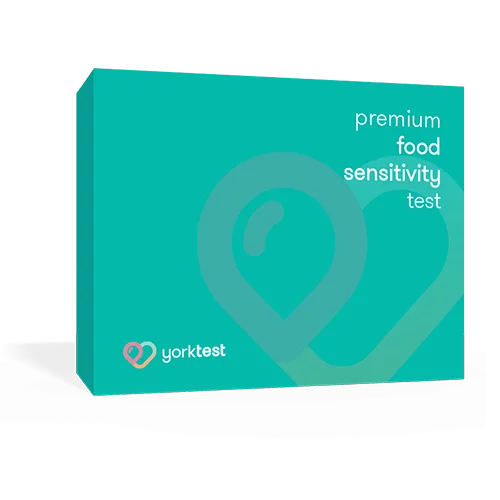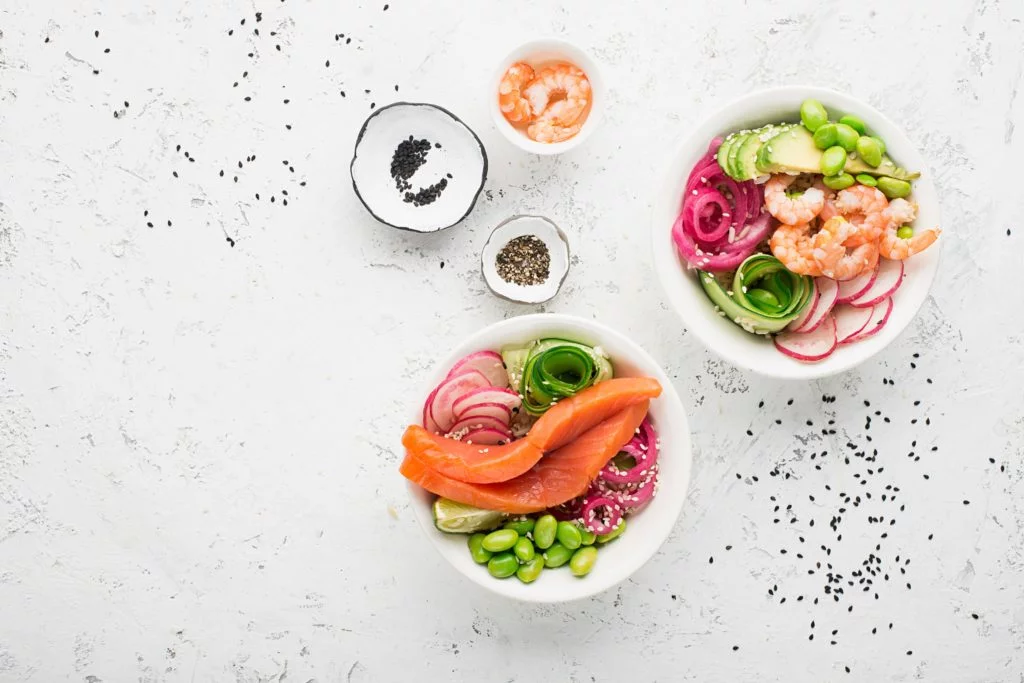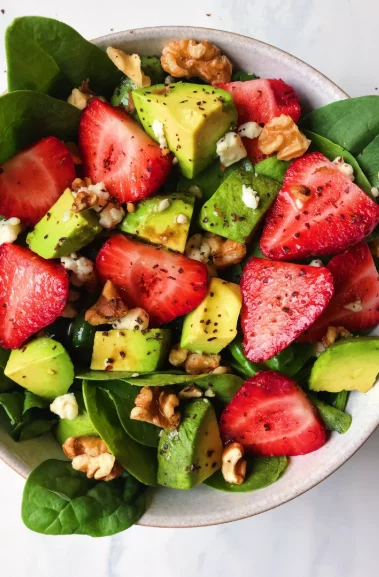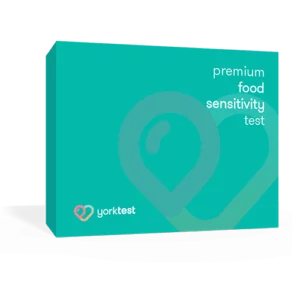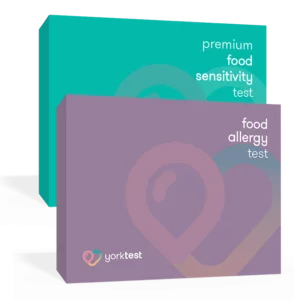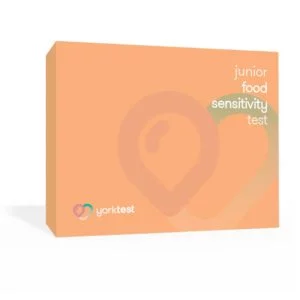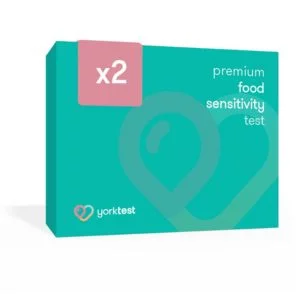What causes shellfish intolerance?
A shellfish intolerance occurs when your digestive system does not have the appropriate enzymes to break down shellfish protein, producing an inflammatory response and difficulty digesting. This is different from a shellfish food allergy which induces adverse reactions by the body’s immune system. These reactions tend to be more serious and could be life threatening especially if they cause an anaphylactic reaction affecting the respiratory system.
Whilst you need to actually eat shellfish to experience intolerance symptoms, with a shellfish allergy you can experience symptoms from just touching or cooking shellfish depending on the severity of the food allergy.
It’s also important to note that one off digestive reactions to shellfish could also stem from food poisoning rather than a food intolerance if the shellfish is appropriately prepared or not fresh. It is for this reason that it’s a good idea to keep a food diary to monitor offending foods.


